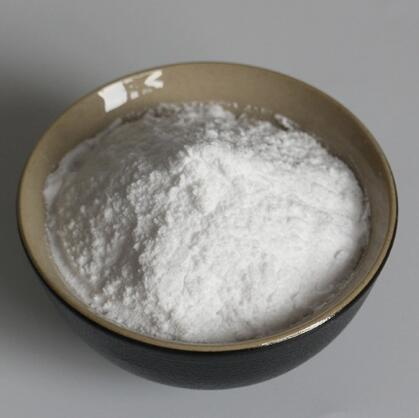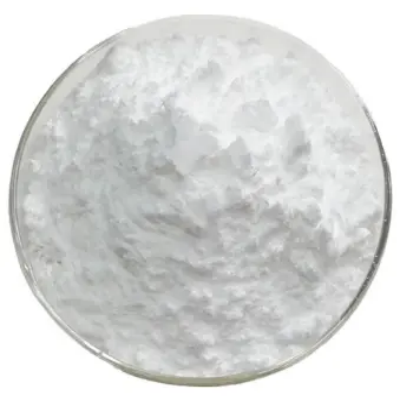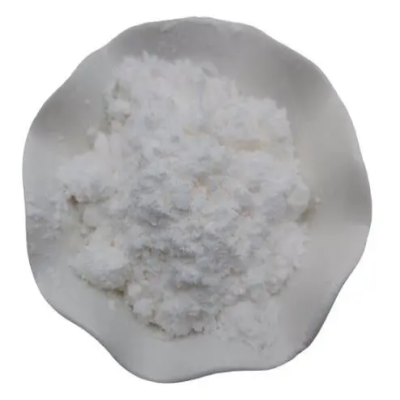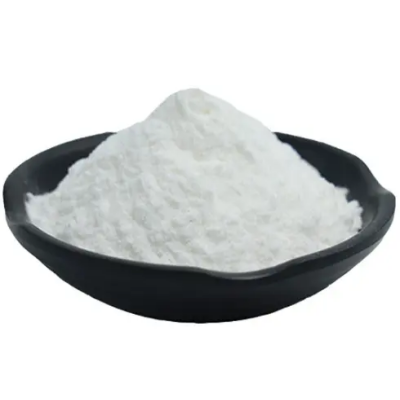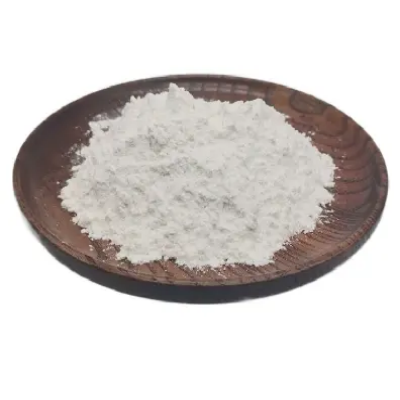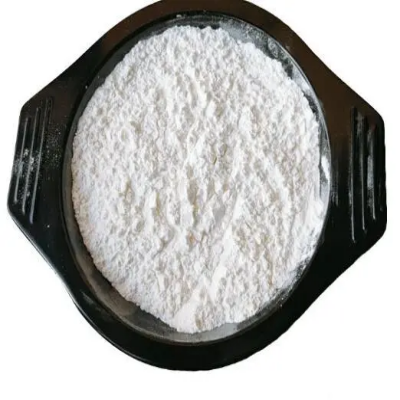2,7-Dihydroxy-9-fluorenone CAS:42523-29-5
2,7-Dihydroxy-9-fluorenone, also known by its IUPAC name, 2,7-dihydroxy-9-fluorenone, has the molecular formula C13H10O3. Its structure features a fused ring system characteristic of fluorenones, which are known for their diverse chemical behavior due to the presence of carbonyl and hydroxyl functionalities. The introduction of hydroxyl groups at positions 2 and 7 significantly alters the compound's physical and chemical properties, enhancing its solubility in polar solvents and increasing its reactivity toward electrophilic and nucleophilic attack. One notable application of 2,7-dihydroxy-9-fluorenone is in the field of photochemistry. The compound exhibits strong fluorescence, which makes it useful in the development of fluorescent probes and sensors. These tools can detect specific ions or molecules in biological and environmental samples, facilitating real-time monitoring and analysis. Its optical properties have led to explorations into its use in organic light-emitting diodes (OLEDs) and other optoelectronic devices, where it can contribute to efficient light emission. Furthermore, 2,7-dihydroxy-9-fluorenone has been studied for its antioxidant activity. Antioxidants play a crucial role in combating oxidative stress associated with various diseases, including cancer and neurodegenerative disorders. Research indicates that this compound may help protect cells from damage caused by reactive oxygen species (ROS), suggesting its potential as a therapeutic agent. In addition to these applications, 2,7-dihydroxy-9-fluorenone serves as a valuable intermediate in organic synthesis. Its reactivity allows for the introduction of various functional groups, enabling the construction of complex molecules relevant in medicinal chemistry and materials science. In conclusion, 2,7-dihydroxy-9-fluorenone is a versatile compound with important implications in photochemistry, antioxidant research, and organic synthesis. Its unique structural features and reactivity continue to inspire scientific investigation, underscoring its significance across multiple disciplines. As research expands, the potential applications of this compound are likely to grow, contributing to advancements in various fields.



| Composition | C13H8O3 |
| Assay | 99% |
| Appearance | white powder |
| CAS No. | 42523-29-5 |
| Packing | Small and bulk |
| Shelf Life | 2 years |
| Storage | Store in cool and dry area |
| Certification | ISO. |




